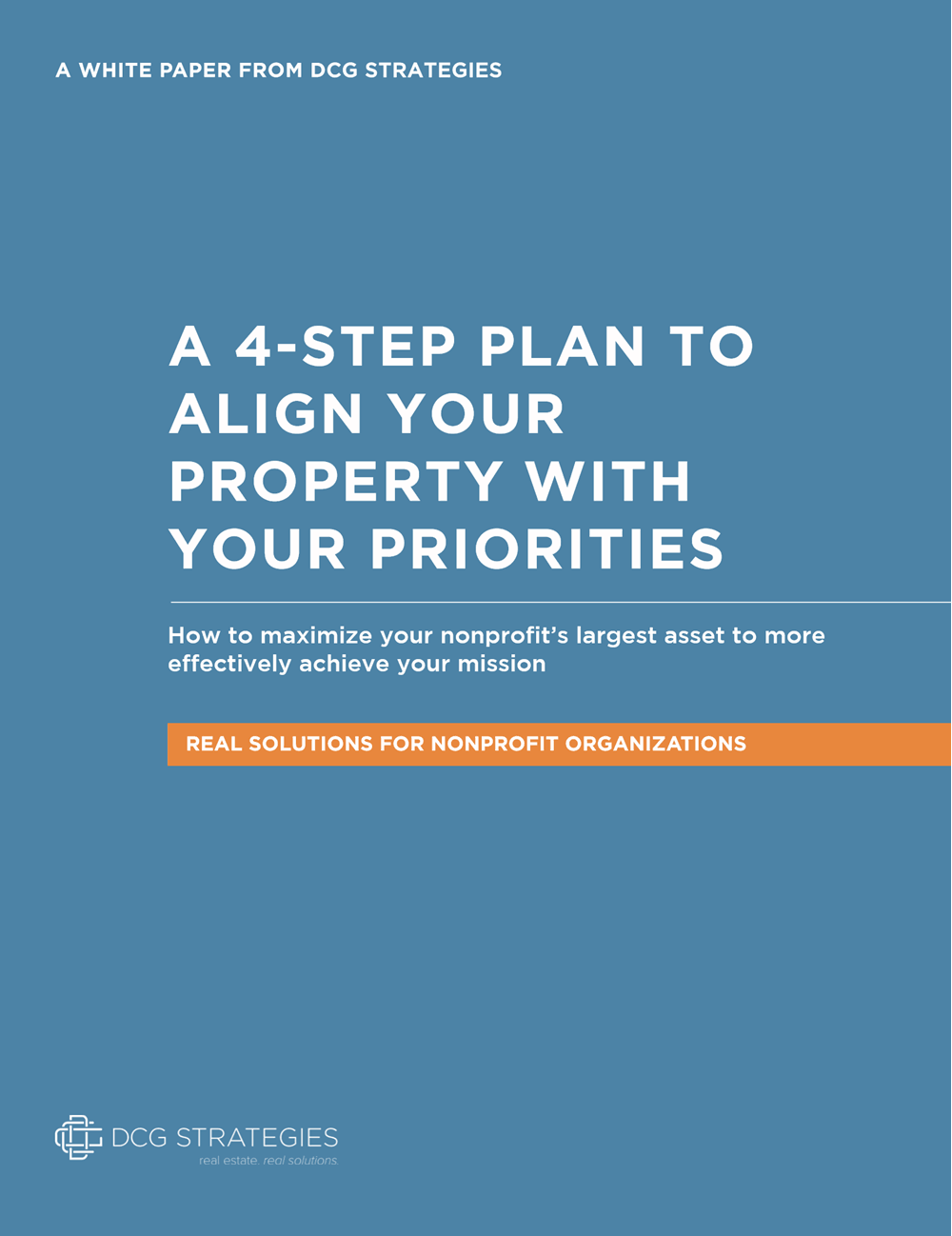Los Angeles is loaded with historic buildings like the Tower Theater. The city has passed ordinances encouraging the renovation and use of its old buildings.
It is not hard to find old buildings that have been converted to serve new purposes. For example, take a look at this former hospital power plant in St. Louis that became a 10,000-square-foot climbing wall. An old jail in central Main earned a second life as a grist mill and business incubator, and this former Pabst brewery in downtown Milwaukee was eventually converted into a 90-room boutique hotel.
While these stories make nice features in newspapers and put smiles on people’s faces, they tend not to mention how difficult these conversion jobs can be. The main challenge springs from the fact that old buildings simply aren’t built like new buildings. This disconnect can occur on various fronts: some of these stately old structures are founded on poured concrete rather than steel, and often the plumbing and electrical systems are not up to code. Sometimes, elevators need to be replaced. The windows in older buildings are often custom-made with irregular shapes and therefore replacing the glass or frames may be difficult. Most old buildings need updating for wheelchair accessibility.
Sometimes, the buildings have environmental problems as well like asbestos tiles and insulation or lead paint. It’s also not uncommon for roosting birds to leave toxic droppings in the attics of old buildings. These problems render some buildings unusable unless someone is willing to invest tens of thousands in cleanup or renovation.
Horror stories circulate about the costs and problems associated with these conversion jobs. One such story was reported at a Realtors conference in Orlando a few years back: a developer converted a former sawmill into a cozy restaurant, and everything seemed fine until the restauranteur decided to install an air conditioning unit. Changes in the temperature and humidity in the building soon drew out worms from the old wood beams, some of which patrons discovered wiggling in their soup.
Is This Old Building Too Far Gone?
Preservation groups often say that “horror stories” like this one are extreme, and some are nothing more than urban myths. However, it cannot be denied that problems do arise when renovating a 50-to-100-year-old building. The potential structural and environmental problems in older historic buildings are many. One particular issue has the potential to throw a giant obstacle in the path of a developer: city zoning and building codes.
Anytime a developer takes on a historic building it will almost always be a conversion project. Because the new owners will be turning the building into a new use — an industrial building into apartments, a former school into an office building, or an old hospital into a hotel — they will need to first determine whether that new use complies with zoning requirements.
As with any other commercial project, developers also need to investigate any problems with the buildings during the due diligence phase, after the signing of the sales contract. With older or historic buildings, however, the developer has the added task of investigating the costs associated with bringing an older building up to code.
How L.A. Made It Easier to Save Old Downtown Buildings
Some cities have made a point of changing their codes and zoning regulations to encourage developers to take on historic preservation projects. One city that has had great success in this endeavor is Los Angeles. Passing an adaptive reuse ordinance which created a quicker approval process for many of the older historic downtown buildings, Los Angeles also ensured that these projects weren’t held to the same zoning restrictions and codes as new construction. Developers responded by renovating more than 60 buildings, creating roughly 14,000 apartments, lofts, and other residential units between 1999 and 2013. Many of these buildings had been empty for years.
More recently, Los Angeles participated in a pilot program sponsored by The National Trust for Historic Preservation and Urban Land Institute aimed at spurring on even more conversion projects downtown. One of their goals is to encourage more conversions for commercial uses, as much of the past efforts focused on residential projects. Also, in January, the city’s board of supervisors recently voted to adopt a historic preservation ordinance allowing property owners to seek historic designation of their properties and to create historic districts in communities.
Old Buildings Can Be an Opportunity
Studies suggest that a city can gain a lot when they encourage the reuse of old buildings. Many older buildings found on Main Streets and in the commercial areas are ripe for renewal. According to one study associated with a Philadelphia renewal project, creative businesses tend to work out of older, historic buildings, and younger people like to work in repurposed buildings. A historic building offers a developer an opportunity to do something great. As with all commercial developments, however, it is an effort that should be approached with a cool head, considerable planning, and caution.
If your company is considering buying an older property or adapting a building’s use, you don’t have to go it alone. You can get a thorough analysis of the market with all the available options from a consultant whose community values align with your own. Contact DCG Real Estate today to learn more.





